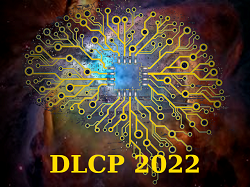Speaker
Description
The most complete information about the state of the human cardiovascular system is provided by the analysis of the array of cardiointervals (RR-intervals) of 24-hour holter monitoring (HM).
The most important task of analyzing a large array of HM RR-intervals is the introduction of the main parameters that most adequately reflect the properties of this array. One way to solve this problem is to construct an extended quantum phase space Seq of the instantaneous heart rate and search for the main parameters that describe its properties.
The Seq space provides a powerful tool for studying non-deterministic chaotic systems. In particular, it allows one to visualize HM data by presenting digital information in a form convenient for observation and analysis.
In particular, it allows one to visualize HM data by presenting digital information in a form convenient for observation and analysis. The forms of the obtained graphs differ significantly visually in their form.
It is proposed to use the profiles of graphs of the regularity I_r and irregularity I_nr^+,I_nr^- indexes respectively of the Seq space as markers of the state of the cardiovascular system, reflecting the properties of an array of cardiointervals, and to carry out their detailed analysis for a large number of patients using machine learning methods. To train the neural network, data arrays of cases of cardiac conditions with a known pathology or norm are used.
| Agreement to place | Participants agree to post their abstracts and presentations online at the workshop website. All materials will be placed in the form in which they were provided by the authors |
|---|

